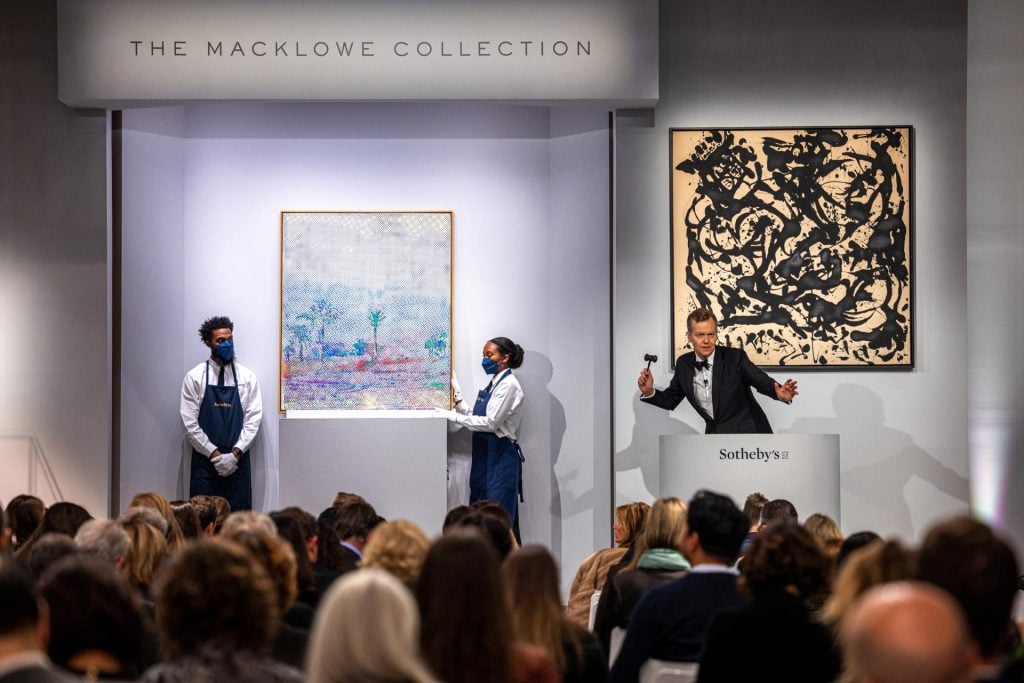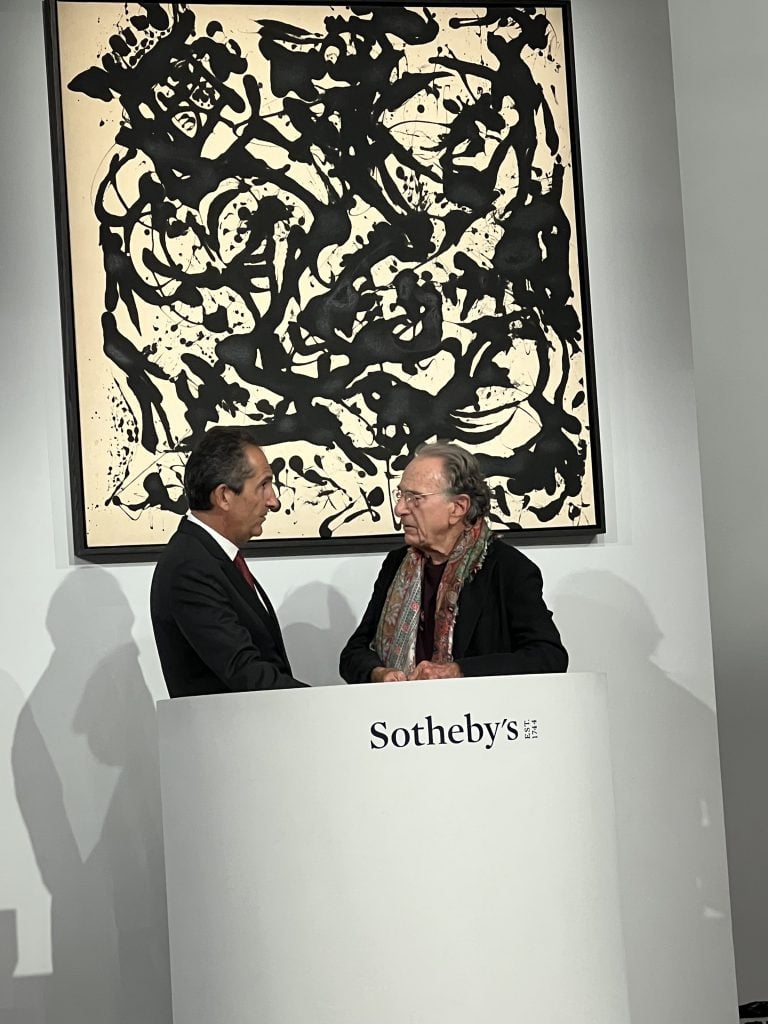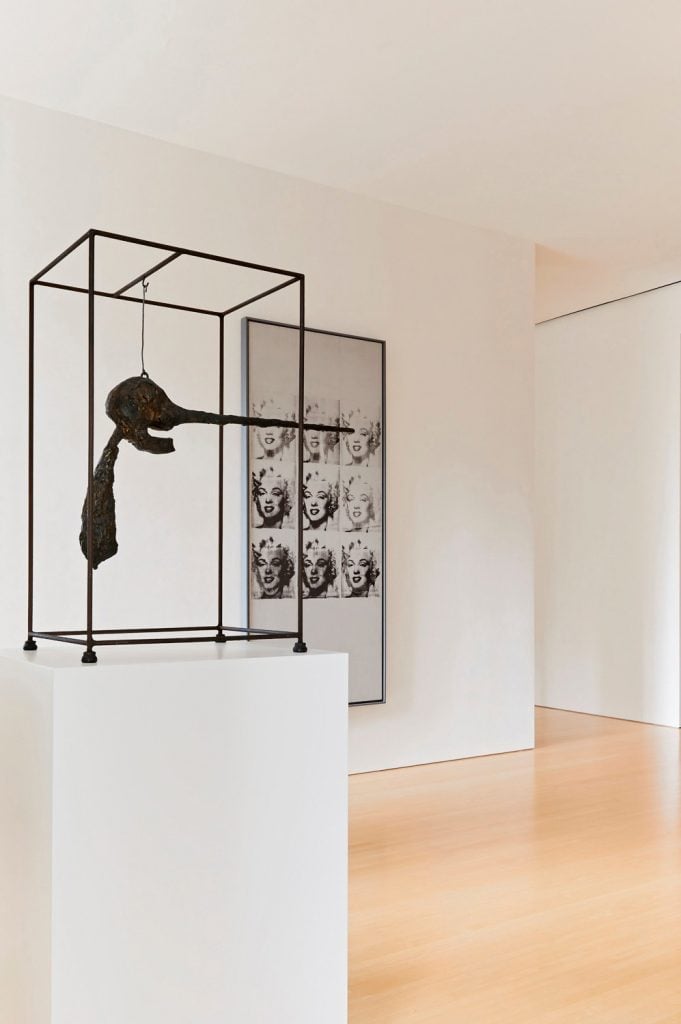Wednesday, 17 Nov 2021

Visitors walk past a robot outside the Dutch pavilion at the Expo 2020, in Dubai, a sign of things to come for the Gulf, where new cities are being built from scratch with AI at their core. — AFP
Robots puttering around Dubai's hi-tech Expo site could be a sign of things to come for the Gulf, where new cities are being built from scratch with artificial intelligence at their core.
The 5G-enabled Expo, covering an area twice the size of Monaco, will remain as a "city of the future" and tech industry hub, Expo's chief told AFP before its grand opening last month.
But the US$7bil (RM29.21bil) project, featuring robots that greet visitors and can be used to order food, is not alone in the wealthy Gulf, where petro-dollars are being invested heavily in a post-oil future.
AI is also at the heart of other Saudi developments including the Red Sea Project, a new tourist area that will use smart systems to monitor environmental impacts and visitor movements.
Analysts say the Gulf monarchies are willing to bet big on AI, knowing they must move away from their reliance on fossil fuel industries and become more active in tech, tourism and other areas.
"You've got very forward (-looking), somewhat risk-loving leadership that sees the need to transform," said Kaveh Vessali, a partner at consultancy firm PwC Middle East.
"I think that's just completely the opposite of what I see in the rest of the world."

Automated transport
Artificial intelligence courses in Bahrain primary schools, the UAE's plans for automated delivery drones and Dubai's ambition to have 25% of all transport automated by 2030 offer further evidence of the Gulf's tech aspirations.
The Middle East is predicted to receive only 2% of the estimated US$15.7tril (RM65.52tril) global AI economy by 2030, according to PwC.
But analysts say the Gulf countries – Bahrain, Kuwait, Oman, Qatar, Saudi Arabia and UAE – are playing the long game, positioning themselves to leapfrog global players.
The annual growth rate of the Middle East AI market is about 20-34%, led by the UAE and then Saudi Arabia, PwC said in a report, predicting that more than 10% of each of the two countries' GDP will come from AI by 2030.
"Governments have the luxury of being more strategic," said Vessali, citing the 20 and 50-year plans which are a hallmark of Gulf governments.
"This is unheard of a) in the private sector, and b) in the West," he adds.
Vessali said most AI companies in Gulf states are fully, or at least semi, governmental, with comparatively low pressure to generate short-term returns.
However, the region has a history of investing in companies which did not become particularly profitable, outside a few core industries such as oil and gas, he warned.

'Streamlined' decision-making
While the region might be known as culturally conservative, its AI strategies are better characterised as liberal and aggressive, according to some local players.
In 2017, the UAE appointed its first minister of state for artificial intelligence, Omar bin Sultan al-Olama, to spearhead the country's AI strategy, launched that same year.
The UAE has said it aims to become one of the leading nations in AI by 2031, creating new economic and business opportunities, and generate up to 335 billion dirhams ($91 billion) in extra growth.
"The region seems to classify being left behind on new technologies as a bigger risk than anything else," said Cesar Lopez, the CEO of Datumcon.
"Taking the risk to do what others aren't has attracted and built business," he told AFP.
The data and AI solutions company based in the UAE and Saudi Arabia is using computer vision to scan and identify damaged containers at Jebel Ali port in Dubai, one of the world's busiest, operated by logistics company DP World.

But despite the Gulf's AI investments, the lack of reliable and accessible data sets, which are at the core of these systems, remain a barrier.
"It's going to take a few years to get there because the data isn't mature enough for it yet (in the region)," said Stephen Rawson, an associate at American consulting firm Oliver Wyman.
While Gulf countries have been better at centralising data across different governmental platforms, other leading countries have managed better data sets for longer.
But being newer to data collection has its advantages, said Rawson, as Gulf countries can generate cleaner data to create more streamlined AI systems.
"They are empowered to do this more than they would be in the West," said Rawson, because with private enterprises, "getting them to work and play nice will only work if there's a profit margin incentive for all of them."
The labor crunch is helping to feed the
rise of the robots: Morning Brief
Tuesday, November 16, 2021
How ‘I quit' is leading to 'I, Robot'
Last week, two separate but related labor market themes caught my attention.
After Thursday’s news that employees walking off the job hit yet another record in September, a report from Reuters showed that North American companies added a record number of robots this year to bolster assembly lines, in a bid to alleviate the well-chronicled labor crunch (a hat tip on this article goes to economic commentator James Pethokoukis, who runs one of my favorite reads on the global economy).
Citing data from the Association for Advancing Automation, Reuters pointed out that industrial firms rang up nearly $1.5 billion worth of robots (29,000 to be exact) — a whopping 37% more than the comparable period in 2020. Separately, Google Cloud research in June showed that two-thirds of manufacturers using artificial intelligence (AI) are relying more heavily on it.
The Morning Brief has ruminated about the impact of the labor shortage and its close blood relative, the Great Resignation. Connecting the seemingly disparate threads, it poses a burning question: Are workers reluctant to fill open jobs — or stay put in them, for that matter — sowing the seeds of humanity’s eventual demise in the labor force?
However irrational, the theme that human workers should fear the dawn of our robot overlords is hardly a novel one. Yet like everything else in the pandemic-era, the fallout from COVID-19 has poured accelerant on an already raging fire. With conditions worsening, we cannot help but wonder if workers are hastening the rise of automation in a way that displaces human labor — but in a more permanent way?
Earlier this year, Yahoo Finance’s Dani Romero reported how stressed out restaurants, which have raised pay to little avail, are leaning on technology to meet heavy demand, and fill the gaps left by a shortage of employees.
By all indications, it’s becoming increasingly apparent that the worker shortage is hastening the rise of robotics and advanced technology to address demand that has mostly defied a slowing economy and the dramatic supply crunch.
In an appearance on Yahoo Finance Live last week, Brooklyn Dumpling Shop founder Stratis Morfogen waxed eloquent about his establishment’s use of self-ordering kiosks, powered by a smartphone app that lets the consumer grab and go in a creation he calls the “Automat.”
The centerpiece of the Automat is a contraption Morfogen described to The New Yorker as “The Monster.” The founder likened it to the conveyor belt that once bedeviled Lucille Ball in a classic episode of “I Love Lucy.”
For those who haven’t read, The Monster is a machine that can crank out tens of thousands of gourmet dumplings... in an HOUR. Chances are the machine won’t demand time off, ask for a raise — or be reluctant about getting vaccinated.
In fact, Morfogen is expanding the format to drive thrus, where tricked-out order technology will allow clients to “come in and out of our drive-thru [while] having zero communication with our staff. It’ll all be remote control, phone operated and with QR codes,” Morfogen told Yahoo Finance.
“COVID exposed a lot of [the restaurant industry]... we didn’t even have an online platform for ordering, we didn’t even have a social media presence, and I think hospitality learned their lesson, we have to embrace technology to make a model here,” the entrepreneur said.
“If we can get our payroll down to 15-20% instead of the industry normal of 32%, we’re not just saving one restaurant... we’re really changing the game on the industry for making it a more efficient model,” Morfogen added.
Along with previously stagnant wages, the idea that robots are coming for all of our jobs has been a major labor market theme for at least a decade — and is at least one reason behind why people found that viral video of a Boston Dynamics robot so frightening.
None of this obviates the need to pay workers fair wages, or treat them better. And there’s only so much a robot can do, given that there’s simply no equivalent for uniquely human qualities like empathy and situational judgment.
However, the longer workers quit, hold out, or put upward pressure on wages in ways that aren’t sustainable, the more we can expect employer desperation to grow in the face of resilient demand. And the more we can expect to see unsettling headlines about how the robot revolution — think Amazon’s recently-announced Alexa-powered automaton, Astro — is upon us.
You heard it here first.
By Javier E. David, editor at Yahoo Finance. Follow him at @Teflongeek
Marx and the Machine – non.copyriot.com
2019-09-17 · Marx and the Machine. With the reference to the phylogeny of machines, which ranges from complex tools to machines driven by motors to automatons, Marx always combines a genealogy of technology shaped by capital and thus clearly sets himself apart from a transhistorical theory of the evolution of technology. Marx writes: „Work is organized ...
Marx and the Machine - ZoLAist's Diary
Marx and the Machine. As an aside in a discussion of the status of the concepts of economics, Karl Marx wrote: "The handmill gives you society with the feudal lord; the steam-mill, society with the industrial capitalist.
















